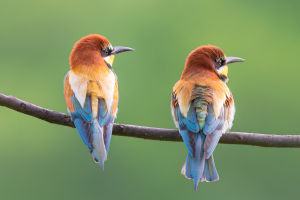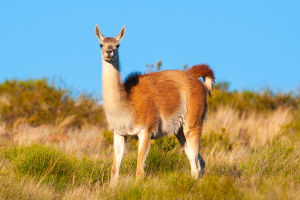Hey, Lykkers! Have you ever imagined what it's like to stand next to one of nature's tallest creatures?
Join us as we dive into the fascinating world of giraffes, where we will explore their unique characteristics and behaviors that make them truly remarkable!
Interesting Facts About Giraffes
Giraffes are the tallest mammals on Earth, with adult males reaching heights of up to 18 feet (5.5 meters) and females around 14 feet (4.3 meters). Their long necks, which can be up to 6 feet (1.8 meters) in length, are not the only thing that makes them stand out. They have a unique cardiovascular system that helps pump blood to their brains, enabling them to maintain their height without fainting.
Another intriguing feature is their spotted coat. Each giraffe has a unique pattern of spots, much like a human fingerprint, which helps with camouflage in their natural habitats. Giraffes primarily inhabit savannas and open woodlands in Africa, where they use their height to browse on leaves and buds from tall trees, particularly acacia trees.
22 Amazing Facts About Giraffes You Need to Know
Video by Speed Facts
Social Behavior and Communication
Giraffes are social animals and tend to form loose herds that can range from a few individuals to more than 20. Interestingly, these herds are not stable; members come and go, which helps maintain genetic diversity. Giraffes communicate using a variety of sounds, including low grunts and hisses. They also engage in non-verbal communication through body postures and movements, allowing them to express emotions or intentions.
Feeding Habits
As herbivores, giraffes mainly eat leaves, fruits, and flowers. Their long necks allow them to reach high branches that other animals can't access, giving them a competitive edge in foraging. Their tongue is another fascinating aspect; it can grow up to 20 inches (50 centimeters) long and is prehensile, allowing them to grasp leaves and strip them from branches. The tongue is also darkly pigmented, which helps protect it from sunburn as they spend many hours feeding under the sun.
Conservation Status
Despite their iconic status, giraffe populations are facing threats from habitat loss and poaching. Currently, they are classified as vulnerable, with some subspecies being critically endangered. Conservation efforts are underway to protect their habitats and ensure that these majestic creatures continue to roam the African landscape.
As we learn more about giraffes, it becomes evident that these gentle giants play a crucial role in their ecosystems. Their unique adaptations and behaviors highlight the wonders of evolution and the importance of conservation. Let's hope that future generations will continue to marvel at the beauty and grace of giraffes in the wild.


